Albrecht Mayer - In Venice (2008)
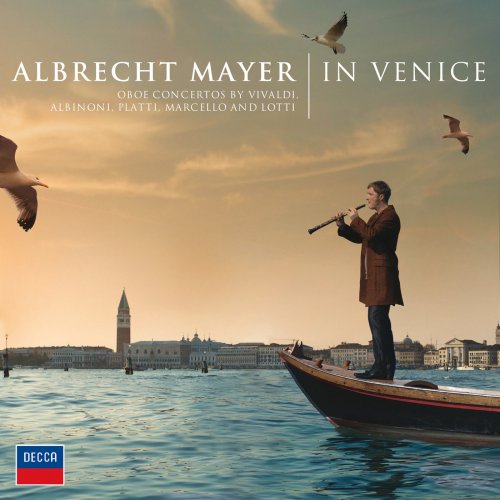
Artist: Albrecht Mayer
Title: In Venice
Year Of Release: 2008
Label: Decca
Genre: Classical
Quality: MP3 320 Kbps
Total Time: 01:10:43
Total Size: 189 Mb
WebSite: Album Preview
Tracklist: Title: In Venice
Year Of Release: 2008
Label: Decca
Genre: Classical
Quality: MP3 320 Kbps
Total Time: 01:10:43
Total Size: 189 Mb
WebSite: Album Preview
Concerto For Violin And Strings In F Minor, Op.8, No.4, RV 297 "L'inverno" - Arr. Albrecht Mayer (Antonio Vivaldi)
1. 2. Largo (Arr. Oboe & Strings) 02:11
Oboe Concerto in C major, RV 447 (Antonio Vivaldi)
2. 1. Allegro non molto 05:04
3. 2. Larghetto 03:41
4. 3. Minuetto 04:30
Concerto in G minor for oboe (Giovanni Platti)
5. 1. Allegro 04:08
6. 2. Largo 04:33
7. 3. Allegro 03:36
Oboe Concerto in D minor (Alessandro Marcello)
8. 1. Andante e spiccato 04:07
9. 2. Adagio 04:07
10. 3. Presto 03:37
11. B. Marcello: Canzone "Se Morto Me Brami" (Arr. For Oboe & Orchestra) 04:01
Concerto for Oboe d'amore, Strings and Continuo in A (Antonio Lotti)
12. 1. Allegro 03:43
13. 2. Affettuoso 06:44
14. 3. Allegro 03:00
Concerto a 5 in D minor, Op.9, No.2 for Oboe, Strings, and Continuo (Tomaso Albinoni)
15. 1. Allegro e non presto 04:39
16. 2. Adagio 06:17
17. 3. Allegro 02:45
Concerto for Violin and Strings in E, Op.8, No.1, R.269 "La Primavera" - Arr. Albrecht Mayer (Antonio Vivaldi)
18. 2. Largo (Arr. Oboe & Strings) 02:26
Performers:
Albrecht Mayer, oboe
New Seasons Ensemble
This new recording was recorded in Berlin, not in Venice as the cover says. It’s also pretty big on personality – that of Albrecht Mayer himself, principal oboist of the Berlin Phil, photographed on the cover ‘playing’ (?) his oboe at the prow of a gondola and several times in double-page spreads in the brochure. He actually appears twice in some of the two-page spreads. All of which made me fear the worst.
I’m very pleased to report, however, that my worst expectations were not realised; far from it, in fact – this turned out to be a most enjoyable recording, very well performed and recorded. Of course, the opening adaptation of one movement from Vivaldi’s Four Seasons is an unashamed play to the pop market, like those CDs of Vivaldi Adagios and The Only Baroque CD You’ll Ever Need! Once that’s out of the way, however, everything goes uphill. In any case, the Four Seasons are such great music that they lend themselves to all kinds of arrangements; this one is no worse than the flute and recorder arrangements, several of which are on the market.
If you look at this as a sampler of the oboe concerto at the hands of the acknowledged masters, Vivaldi, (Alessandro) Marcello and Albinoni, with pieces by the less famous Platti and Lotti thrown in, it emerges very successfully. The two less well-known composers emerge successfully from their juxtaposition with their betters.
I hadn’t come across Lotti other than as the composer of the famous Crucifixus – he shares Pachelbel’s fate of being a one-work composer in the general perception – but I rather think that his Oboe d’amore Concerto is going to vie with the serene Albinoni Op.9/2 to remain my abiding favourite from the works recorded here. Perhaps it’s because I love the mellower tones of the oboe d’amore – like the viola d’amore, it’s one of my favourite baroque instruments. As the booklet says, the Vivaldi is the most dazzling and virtuosic oboe concerto of its time, but for me it takes second place to the Lotti. Are there more riches from this source?
Like the movement from the Four Seasons, the Benedetto Marcello piece is Mayer’s own arrangement, this time of a vocal canzona. I hadn’t been sure that it would work but, in fact, the oboe replaces the vocal line here as effectively as it replaces the violin in Vivaldi. He did something similar in the Handel CD which I mention below.
Mayer plays throughout with great beauty of tone, though he doesn’t prettify the music in any way, except to include in his performance of the Alessandro Marcello concerto embellishments written out by JS Bach, no less, in his arrangement of this work for harpsichord – ornamentation which works very well, with no sense that it’s spliced on.
Mayer is accompanied by the New Seasons Ensemble, a small ensemble (from the Berlin Phil?) who are fully in tune with Mayer and the whole enterprise is very successful. The one reservation which my colleague Stephen Vasta had about Mayer’s earlier recording of Handel with the Sinfonia Varsovia concerned the occasional gruffness in the basses (see review) which is certainly not a problem with this small ensemble. Much as I prefer period-instrument performances, when modern-instrument playing is as good as this, I’m prepared to forgive anything. I look forward to hearing more from them – perhaps there is more neglected repertoire like the Lotti for them to perform?
Otherwise, the success of this new recording should lead listeners to explore more fully the wonderful repertoire of oboe concertos by Albinoni and Alessandro Marcello. The Albinoni concerto which rounds off the recording so well comes from his Op.9 collection which has been very well recorded by Collegium Musicum 90 on period instruments (CHAN0579, 0602 and 0610, with the Op.7 concertos) and by the London Virtuosi on modern instruments (Naxos 8.553002, 8.553035 and 8.550739, also with Op.7). There are also excellent super-budget selections on Regis (RRC1095, Sarah France and the London Harpsichord Ensemble) and Warner Apex (09274 90202, Pierre Pierlot and the Solisti Veneti).
Collegium Musicum 90 also offer all six Alessandro Marcello oboe concertos, known as la Cetra, this time at lower-mid-price on Chandos CHAN0744X.
The recording is excellent – close but not over-close – and Austin Baer’s notes in the booklet are more than adequate, if you can find them among the two-page photo spreads. I did wonder why the two columns in which the notes are printed had to be of unequal width and I’d have liked the words of the Benedetto Marcello canzona, not just the opening line. I can tell you that it is the third of his Canzonette madrigalesche e arie per camera (Bologna, 1717) and that Ibert uses the same text in his Canzone madrigalesca (1921), but that doesn’t help either of us much.
Like other Universal full-price recordings which have come my way recently, the CD is housed in the round-cornered type of super jewel case more normally associated with SACDs. These are certainly more robust than the older type of case and are capable of holding two CDs, one on top of the other on the rather elongated rose, as with the Warner reissue of the medieval Carmina Burana in their Alte Werk 50 series (2564 69765-9). Strongly recommended, incidentally, if you missed out on this set when it first appeared or, like me, managed to obtain only one of the CDs). – Brian Wilson
I’m very pleased to report, however, that my worst expectations were not realised; far from it, in fact – this turned out to be a most enjoyable recording, very well performed and recorded. Of course, the opening adaptation of one movement from Vivaldi’s Four Seasons is an unashamed play to the pop market, like those CDs of Vivaldi Adagios and The Only Baroque CD You’ll Ever Need! Once that’s out of the way, however, everything goes uphill. In any case, the Four Seasons are such great music that they lend themselves to all kinds of arrangements; this one is no worse than the flute and recorder arrangements, several of which are on the market.
If you look at this as a sampler of the oboe concerto at the hands of the acknowledged masters, Vivaldi, (Alessandro) Marcello and Albinoni, with pieces by the less famous Platti and Lotti thrown in, it emerges very successfully. The two less well-known composers emerge successfully from their juxtaposition with their betters.
I hadn’t come across Lotti other than as the composer of the famous Crucifixus – he shares Pachelbel’s fate of being a one-work composer in the general perception – but I rather think that his Oboe d’amore Concerto is going to vie with the serene Albinoni Op.9/2 to remain my abiding favourite from the works recorded here. Perhaps it’s because I love the mellower tones of the oboe d’amore – like the viola d’amore, it’s one of my favourite baroque instruments. As the booklet says, the Vivaldi is the most dazzling and virtuosic oboe concerto of its time, but for me it takes second place to the Lotti. Are there more riches from this source?
Like the movement from the Four Seasons, the Benedetto Marcello piece is Mayer’s own arrangement, this time of a vocal canzona. I hadn’t been sure that it would work but, in fact, the oboe replaces the vocal line here as effectively as it replaces the violin in Vivaldi. He did something similar in the Handel CD which I mention below.
Mayer plays throughout with great beauty of tone, though he doesn’t prettify the music in any way, except to include in his performance of the Alessandro Marcello concerto embellishments written out by JS Bach, no less, in his arrangement of this work for harpsichord – ornamentation which works very well, with no sense that it’s spliced on.
Mayer is accompanied by the New Seasons Ensemble, a small ensemble (from the Berlin Phil?) who are fully in tune with Mayer and the whole enterprise is very successful. The one reservation which my colleague Stephen Vasta had about Mayer’s earlier recording of Handel with the Sinfonia Varsovia concerned the occasional gruffness in the basses (see review) which is certainly not a problem with this small ensemble. Much as I prefer period-instrument performances, when modern-instrument playing is as good as this, I’m prepared to forgive anything. I look forward to hearing more from them – perhaps there is more neglected repertoire like the Lotti for them to perform?
Otherwise, the success of this new recording should lead listeners to explore more fully the wonderful repertoire of oboe concertos by Albinoni and Alessandro Marcello. The Albinoni concerto which rounds off the recording so well comes from his Op.9 collection which has been very well recorded by Collegium Musicum 90 on period instruments (CHAN0579, 0602 and 0610, with the Op.7 concertos) and by the London Virtuosi on modern instruments (Naxos 8.553002, 8.553035 and 8.550739, also with Op.7). There are also excellent super-budget selections on Regis (RRC1095, Sarah France and the London Harpsichord Ensemble) and Warner Apex (09274 90202, Pierre Pierlot and the Solisti Veneti).
Collegium Musicum 90 also offer all six Alessandro Marcello oboe concertos, known as la Cetra, this time at lower-mid-price on Chandos CHAN0744X.
The recording is excellent – close but not over-close – and Austin Baer’s notes in the booklet are more than adequate, if you can find them among the two-page photo spreads. I did wonder why the two columns in which the notes are printed had to be of unequal width and I’d have liked the words of the Benedetto Marcello canzona, not just the opening line. I can tell you that it is the third of his Canzonette madrigalesche e arie per camera (Bologna, 1717) and that Ibert uses the same text in his Canzone madrigalesca (1921), but that doesn’t help either of us much.
Like other Universal full-price recordings which have come my way recently, the CD is housed in the round-cornered type of super jewel case more normally associated with SACDs. These are certainly more robust than the older type of case and are capable of holding two CDs, one on top of the other on the rather elongated rose, as with the Warner reissue of the medieval Carmina Burana in their Alte Werk 50 series (2564 69765-9). Strongly recommended, incidentally, if you missed out on this set when it first appeared or, like me, managed to obtain only one of the CDs). – Brian Wilson

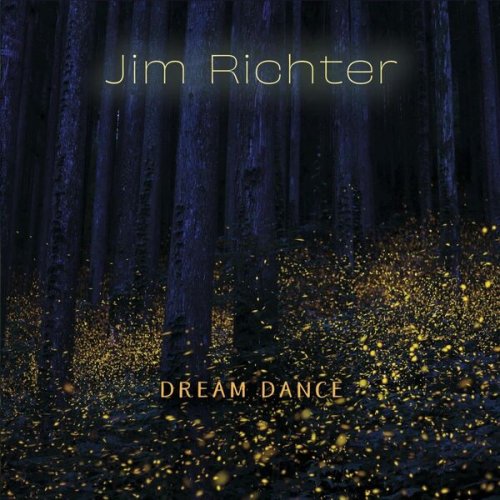
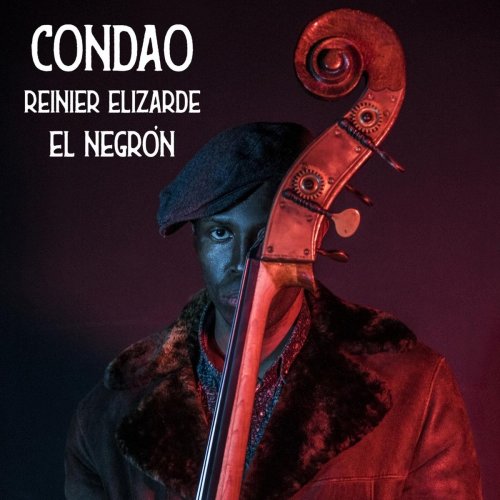

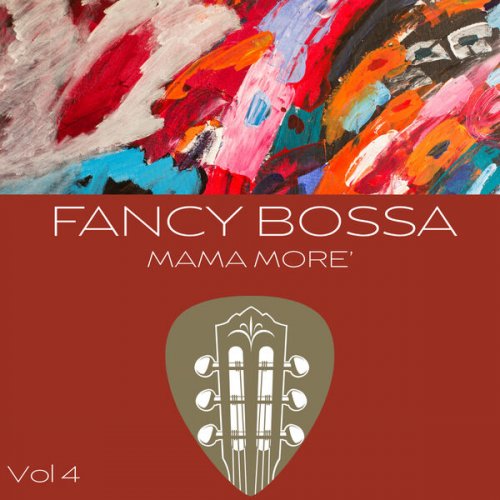
![Coco Chatru Quartet - Lost Christmas (2025) [Hi-Res] Coco Chatru Quartet - Lost Christmas (2025) [Hi-Res]](https://www.dibpic.com/uploads/posts/2025-12/1765719561_coco-chatru-quartet-lost-christmas-2025.jpg)
![Chris Connor - Free Spirits (Remastered) (2025) [Hi-Res] Chris Connor - Free Spirits (Remastered) (2025) [Hi-Res]](https://www.dibpic.com/uploads/posts/2025-12/1765538301_ccfs500.jpg)
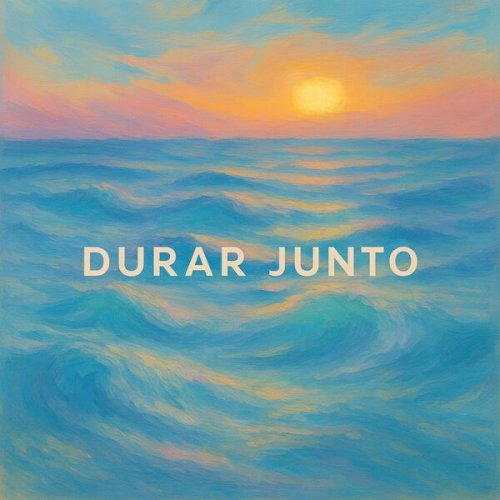
![Tomasz Stańko - Zamek mgieł (Polish Radio Sessions vol. 3/6) (2025) [Hi-Res] Tomasz Stańko - Zamek mgieł (Polish Radio Sessions vol. 3/6) (2025) [Hi-Res]](https://www.dibpic.com/uploads/posts/2025-12/1765795906_cover.jpg)